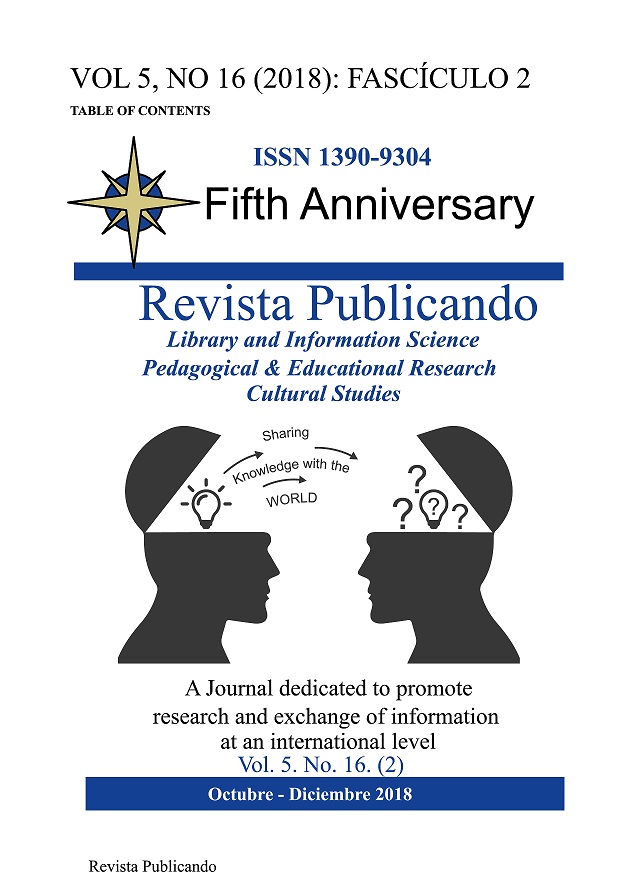Resumen
Introduction: in the developed countries, paying attention to women's job has been always considered by planners to realize social development.
Purpose: this study has investigated the effect of changes created (time, profession, etc.) on position of women entrepreneur in Comprehensive Center for Women and Family Empowerment and Entrepreneurship.
Method: statistical population of this study consists of managers, experts and women entrepreneur in Comprehensive Center for Women and Family Empowerment and Entrepreneurship. The size of population is infinite. Using sampling method and according to Krejcie-Morgan table, a minimum number of 384 people are introduced for the study and about 215 users responded. The method applied in this study is descriptive-survey method in kind of applied research and correlation. Required data was collected and was classified in Excel file as reference data. Moreover, the hypotheses are tested using LISREL equation structure software.
Results: obtained results showed that professional positions (job and learning) of the current age can affect position of women entrepreneur according to traditional methods of entrepreneurship, knowledge and the knowledge development in a growing business, meeting personal needs of women and promotion of use of information communication technology (ICT) to facilitate affairs.
Referencias
Golrad, P, (2005), factors affecting development of Iranian women entrepreneurs, Women in Development and Politics (Women Research), third edition, issue 1 (11), pp.101-123
Motahari, A, (2007), creativity, innovation, Tehran, Azadmehr
Djivre,J, 2006, Female Entrepreneurs of the North: Breaking Ground, Curren Research.
Hisrich, R. D. (1985). "The woman entrepreneur: minding her own business". Annual. pp: 52-58.
Mokay, S. O. Namusong, M. and Sikalieh, D. (2012). The concept of entrepreneurship, in pursuit of university acceptable definition. International Journal of Arts and Commerce. 1(6): 128-135.
Natasha A. Webster, Karen Haandrikman, (2017) "Thai women entrepreneurs in Sweden: Critical perspectives on migrant small businesses". Women's Studies International Forum. 60. 17–27.
Fatima S.M.A Hasan, Muneer Mohammed Saeed Almubarak, (2016) "Factors influencing women entrepreneurs”™ performance in SMEs", World Journal of Entrepreneurship, Management and Sustainable Development, Vol. 12 Iss: 2, pp.82 - 101
Irene Kamberidou. (2013). Women entrepreneurs: ”˜we cannot have change unless we have men in the room”™. Journal of Innovation and Entrepreneurship. A Systems View Across Time and Space. 2:6.
Byer T., Kist H., and Sutton R.I. 1997. "Characteristics entrepreneur: social creators, not solo Heroes|"http://www.sanforded/clss/e/45/mat.http://www.sanford.edu/clss/e/45/materialscharactebistics.html,1997
Collins L., Hannon P.D., and Smith A. 2004. Enacting entrepreneurial intent: the gaps between student needs and higher education Capabilility. Education training, vol. 46, no,8/9.
Sarker, S. and Palit, M. (2014). Determinants of success factors of women entrepreneurs in Bangladesh: a study based on Khulna region. Business and Economic Research. 4(2): 237-250.
Coy. S.: Shipley. P.: Margaret, F.: Khursheed, O.: and khan. R. N. (2007). Factors contributory to success: a study of Pakistan's small business owners. Journal od Developmenral Entrepreneurship. 12(2).
Ferris, G. R.: Adams, G.: Kolodinsky, R. W.; Hochwarter, W. A.: AmmeterA.P. (2002). Perceptions of organizational politics: theory and research dirrctions. Research in Multi-level issues. 1: 179-254.
Papzan. A. Zarafshani, K: Tavakoli, M, & Papzan, M. (2008). Determining factors of rural entrepreneurs' Success: a Case study of Mahidasht township in Kermanshah Province of Iran', African Journal of Agricultural Research. 3(9): 597-600.
Ray, D and Charles, W. L. (2005). Hill Strategic Alliances and the Rate of new product Development: An empirical study of Entrepreneurial Biotechnology Firms. PP: 41-55.
Shabbir, A. and Gregorio, S.D. (1996). An examination of the relationship between women's personal gools and structural factors. Journal of Business venturing. 11(6). 507-529.
S Abisheva, Z Polyak, S Serikova, Z Kermeshova, D Sabirova (2018). Poetics of modern literature of Kazakhstan. Opción, Año 33, No. 85 (2018):344-361.
JVV Antúnez (2016). EDITORIAL PEDAGOG í A DE LA BIOí‰TICA. Opción 32 (12).
Usted es libre de:
Compartir — copiar y redistribuir el material en cualquier medio o formato
Adaptar — remezclar, transformar y construir a partir del material
La licenciante no puede revocar estas libertades en tanto usted siga los términos de la licencia
Bajo los siguientes términos:
Atribución — Usted debe dar crédito de manera adecuada, brindar un enlace a la licencia, e indicar si se han realizado cambios. Puede hacerlo en cualquier forma razonable, pero no de forma tal que sugiera que usted o su uso tienen el apoyo de la licenciante.
NoComercial — Usted no puede hacer uso del material con propósitos comerciales.
CompartirIgual — Si remezcla, transforma o crea a partir del material, debe distribuir su contribución bajo la lamisma licencia del original.
